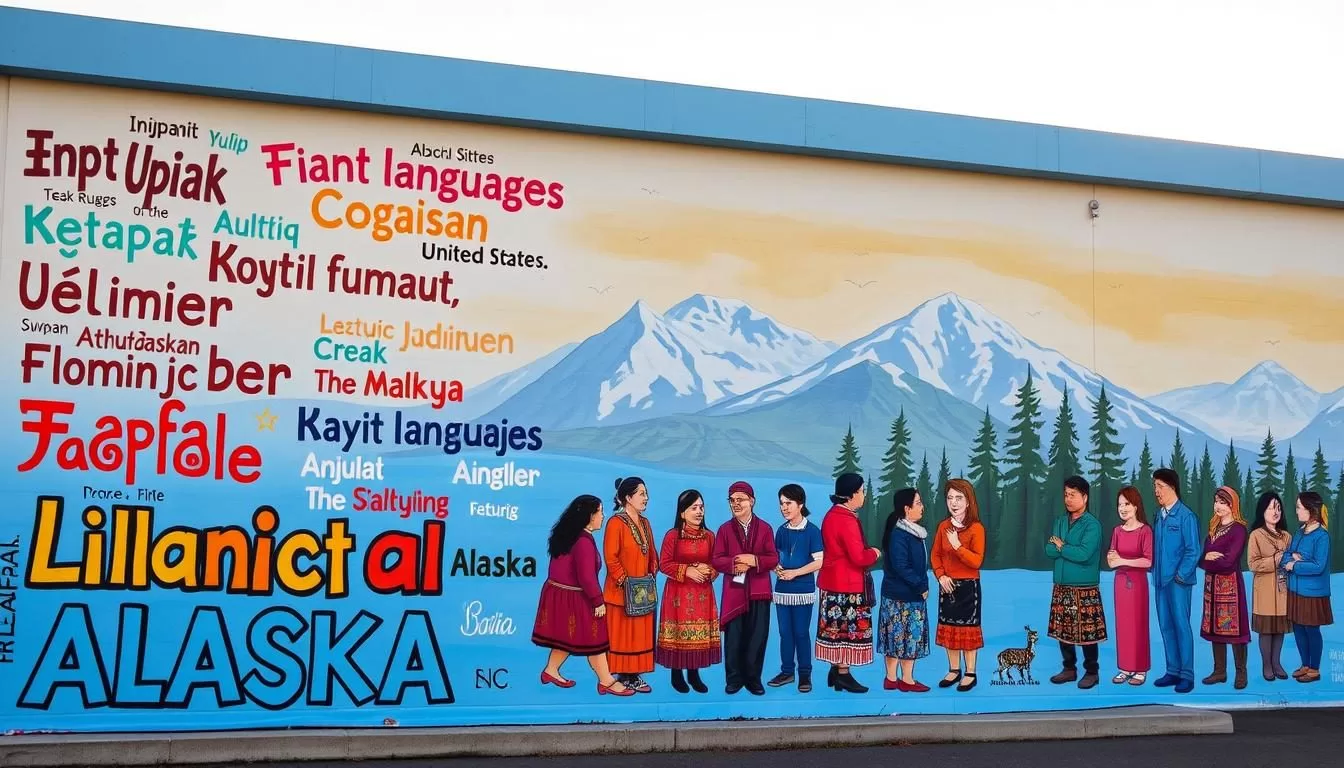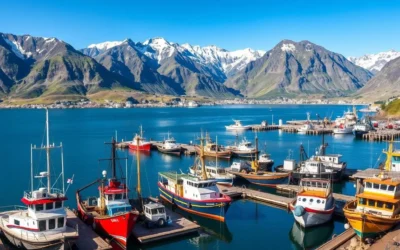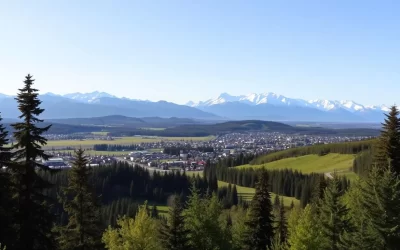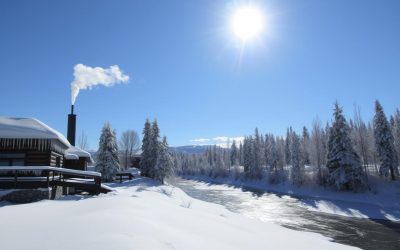You’re about to embark on a journey to discover the linguistic diversity of Alaska.
As you explore the languages spoken in this vast and northern state, you’ll uncover the rich tapestry that makes Alaska one of the most linguistically diverse in America.
The official status of English and the recent recognition of Alaska Native languages have shaped the cultural identity of the people of Alaska.
You’ll understand how language has played a crucial role in preserving indigenous heritage and the challenges faced by minority language speakers today.
As you delve deeper, you’ll gain insights into the historical factors that have influenced language use across Alaska’s vast territory.
The Linguistic Landscape of Alaska
As you explore Alaska, you’ll discover a rich linguistic landscape shaped by its vast geography and cultural heritage. The state’s unique language profile is characterized by a blend of English, Alaska Native languages, and immigrant languages.
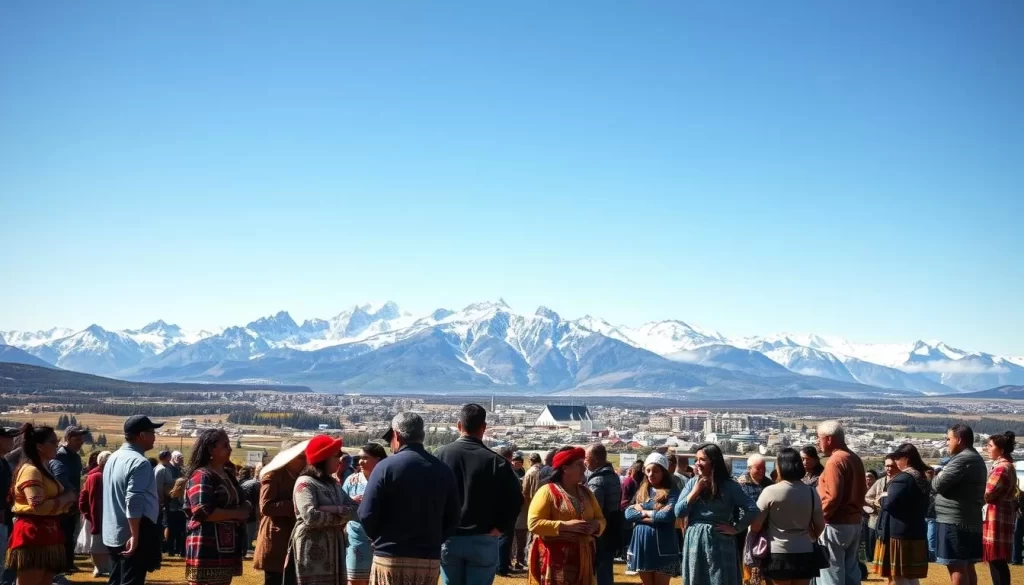
Alaska’s Unique Language Diversity
Alaska is home to 20 officially recognized indigenous languages, making it a significant contributor to the linguistic diversity of the United States. The vast geography of Alaska has also led to the development of distinct language dialects across different regions. This diversity is a reflection of the state’s rich cultural heritage and its history of immigration and settlement.
Demographics and Language Distribution
The demographics of language speakers in Alaska reveal a complex picture. While English is the official language, a significant portion of the population maintains other languages. You’ll find that language communities are distributed throughout the state, from urban centers like Anchorage to remote villages. Understanding the distribution of these language communities is crucial for appreciating the linguistic landscape of Alaska.
The linguistic diversity of Alaska is also influenced by migration patterns over time. As people move to and within Alaska, they bring their languages with them, contributing to the state’s linguistic diversity.
Historical Context: Language Evolution in Alaska
Understanding Alaska’s language evolution requires a journey through its pre-colonial past, colonial impacts, and the policies that shaped language use.
Pre-Colonial Language Use
Before European contact, Alaska’s indigenous people developed rich and varied dialects over thousands of years. These languages were intricately tied to the culture and daily life of the native populations, with different regions having their unique linguistic characteristics.
Impact of Russian and American Colonization
The arrival of Russian and later American colonizers had a devastating impact on native language use and transmission. The history of colonization is marked by the suppression of indigenous languages and the imposition of foreign languages.
Language Suppression Policies
Historically, missionary and government-sponsored schools in Alaska attempted to eradicate Indigenous languages by punishing students for speaking their native tongues. The Bureau of Indian Affairs controlled Alaska Native schools for nearly 90 years, causing significant damage to the languages and culture of Alaska Native people in various villages.
A detailed look at the impact of these policies reveals the following:
| Period | Policy Impact | Effect on Language |
|---|---|---|
| 1889-1976 | Bureau of Indian Affairs control over Alaska Native schools | Suppression of indigenous languages |
| Pre-colonial | Indigenous language development | Rich linguistic diversity |
| Post-colonial | Forced assimilation policies | Decline in native language use |

English as Alaska’s Official Language
The 1990s saw a significant movement in Alaska that culminated in English being declared the official language of the state. This decision was the result of various political and social factors that influenced the legislative process.
Legal Status and Legislation
The legislative history behind English becoming Alaska’s official language involves understanding the political climate of the 1990s. You’ll discover that the decision was not without debate, as it impacted various aspects of communication across the state. The legislation aimed to establish a uniform language for government services and public communication.
English Usage Across the State
As you explore the variations in English usage across different regions of Alaska, you’ll notice unique Alaskan expressions and terminology. English serves as a bridge language between diverse communities, facilitating communication among the people of Alaska. However, it sometimes creates barriers for non-English speakers. 
Understanding the role of English in Alaska’s linguistic landscape helps you appreciate its practical implications for residents, visitors, and businesses. Despite its privileged status, English coexists with other spoken languages in everyday life, reflecting the diverse cultural heritage of the people in the state.
Alaska, United States: Official and widely spoken languages
You might be surprised to learn that Alaska has not one, but 21 official languages, thanks to the passage of House Bill 216 in 2014. This legislation has been a monumental step toward elevating the status ofAlaska Native languagesand addressing the urgent need to prevent language loss.
Recognition of Alaska Native Languages
The recognition ofAlaska Native languagesas official languages has been a significant step towards preserving the cultural heritage of Alaska. This move acknowledges the importance of these languages in the state’s identity and promotes their use alongside English. As a result, you can see a renewed interest in the preservation and revitalization of these languages.

House Bill 216 and Its Impact
House Bill 216, passed in 2014, has had a profound impact on the linguistic landscape of Alaska. By recognizing 20Indigenous languagesas official, the bill has reversed decades of policy that privileged English at the expense of native languages. You will notice that this legislation has created new opportunities for language preservation and revitalization efforts, with the number of speakers for each recognized language varying dramatically.
Current Language Policies
The current language policies in Alaska reflect a shift towards inclusivity and recognition of the state’s linguistic diversity. You can observe that these policies have a direct impact on the daily lives ofAlaska Native peopleand communities, affecting education and government systems. The practical implementation of these policies is crucial to ensuring the continued preservation ofnative languages.
As you explore the linguistic landscape of Alaska, you will gain insight into the complexities of language preservation and the importance ofspoken languagesin the state’s cultural identity. Thenumberof people speaking these languages may vary, but their significance remains unchanged.
Alaska Native Languages: Heritage and Survival
The native languages of Alaska are not just a means of communication, but a key to understanding the state’s rich cultural heritage. As you delve into the world of Alaska’s indigenous languages, you’ll uncover a complex tapestry of linguistic diversity that has been woven over centuries.
Overview of Alaska’s Indigenous Languages
Alaska is home to a remarkable linguistic diversity, with numerous indigenous languages representing several major language families and numerous dialects. These languages are not only a vital part of the cultural identity of Alaska’s native communities but also play a crucial role in preserving their history, traditions, and worldviews.
Yup’ik: The Second Most Spoken Indigenous Language
Yup’ik stands out as the second most spoken indigenous language in the United States, with nearly 20,000 speakers, according to the U.S. Census Bureau (2015). It is the most prevalent Alaskan language in terms of the number of speakers, as well as the quantity of printed and published materials. The Yup’ik language is a cornerstone of the cultural culture and heritage of the Yup’ik people, enabling them to pass down their traditions and stories from one generation to the next.
| Language | Number of Speakers | Language Family |
|---|---|---|
| Yup’ik | 19,750 | Eskimo-Aleut |
| Inupiaq | 3,130 | Eskimo-Aleut |
| Tlingit | 845 | Tlingit |
| Athabascan | 1,240 | Athabaskan-Eyak-Tlingit |
Other Significant Native Languages
Beyond Yup’ik, other significant native languages in Alaska include Inupiaq, Tlingit, Haida, and various Athabascan languages. Each of these languages has its own unique characteristics and plays a vital role in the cultural practices and traditions of its respective community. Efforts to preserve and promote these languages are crucial for the survival of Alaska’s indigenous cultural culture and the transmission of cultural knowledge to future generations.
As you explore the linguistic landscape of Alaska, you gain insight into the challenges facing these languages’ survival in the 21st century. You also appreciate the tireless efforts of elders and language champions working to preserve their linguistic heritage for future generations. Language preservation efforts extend beyond words to include the protection of cultural knowledge and practices, ensuring the long-term vitality of Alaska’s indigenous languages.
Non-Native Languages in Alaska
As you explore Alaska’s language demographics, you’ll discover a rich tapestry of non-native languages spoken by its residents. Alaska’s linguistic diversity extends beyond its indigenous languages, with a significant number of non-native languages contributing to the state’s cultural richness.
Tagalog and Filipino Communities
Tagalog is the most widely spoken non-English language in Alaska, with 7,021 speakers, reflecting the significant Filipino population in the state. The Filipino community has maintained its language across generations while adapting to life in Alaska.
Spanish Speakers in Alaska
Spanish is the second most widely spoken non-English language, with 5,975 speakers. Spanish-speaking communities form a substantial part of Alaska’s linguistic landscape, particularly in urban areas like Anchorage.
Other Immigrant Languages
Other significant languages spoken in Alaska include Korean (2,219 speakers), Hmong (1,944 speakers), Russian (1,392 speakers), Samoan (870 speakers), and Chinese (1,008 speakers). These languages highlight the diverse cultural backgrounds of Alaska’s population.
The geographic distribution of these language communities tends to concentrate in urban areas, where they contribute to the local culture and economy. You can see the diversity of languages in the following table:
| Language | Number of Speakers |
|---|---|
| Tagalog | 7,021 |
| Spanish | 5,975 |
| Korean | 2,219 |
| Hmong | 1,944 |
The number of speakers of various languages has changed over time with shifting immigration patterns, contributing to Alaska’s dynamic linguistic landscape. Immigrant communities face challenges in maintaining their languages while integrating into the broader Alaskan society, but they continue to enrich the state’s cultural heritage.
Language Education and Preservation Efforts
Efforts to preserve Alaska Native languages are gaining momentum through dual-language programs. You are about to explore how educational institutions and community organizations are working together to revitalize these languages.
Dual-Language Programs
The Anchorage School District has launched the first Yup’ik/English dual-language program, joining the ranks of existing immersion programs in languages such as Japanese, Spanish, and Russian. This program was made possible through funding from the Native American Language Program grant. Yup’ik was selected partly because it is one of the top five ELL home languages spoken by students in the district.
The program includes partnerships with the Cook Inlet Tribal Council and Cook Inlet Native Head Start, creating a preschool pipeline for ages zero to five. This collaborative effort is crucial for the early development of language skills in Alaska Native children.
Other Language Immersion Programs
Alaska offers a diverse range of language immersion programs beyond Yup’ik. You can find programs in languages such as Japanese (since 1989), Spanish, Russian, German, Mandarin Chinese, and French. These programs not only teach language but also help children develop a stronger sense of cultural identity and belonging.
Community-Based Initiatives
Community-based language initiatives play a vital role in complementing formal education programs. These initiatives help maintain endangered languages by providing additional learning opportunities outside the traditional classroom setting.
| Language Program | Partner Organizations | Age Group |
|---|---|---|
| Yup’ik/English Dual-Language | Cook Inlet Tribal Council, Cook Inlet Native Head Start | 0-5 years |
| Japanese Immersion | Anchorage School District | Kindergarten – High School |
| Spanish Immersion | Anchorage School District | Kindergarten – High School |
These language education and preservation efforts are crucial for maintaining Alaska’s linguistic diversity. By supporting both formal education programs and community-based initiatives, you can contribute to the revitalization of Alaska Native languages.
Cultural Significance and Identity
As you explore the cultural landscape of Alaska, you’ll discover the intricate ties between language, heritage, and identity. Language serves as a repository of cultural knowledge, worldviews, and traditions for Alaska’s diverse people.
Language as Cultural Heritage
For Alaska Native communities, language is a vital component of their culture and heritage. It is a link to their ancestors and a symbol of their resilience in the face of historical assimilation policies. The language has been passed down through generations, albeit with some gaps due to colonization and other historical events.
Intergenerational Language Transmission
The transmission of language across generations is a challenge many Alaska Native families face. In many cases, the language has skipped one or two generations, but efforts are being made to revive it. Some students have parents who do not speak their native language, but their grandparents or great-grandparents do.
| Language Aspect | Cultural Significance | Intergenerational Transmission |
|---|---|---|
| Language as Heritage | Preserves cultural knowledge and traditions | Challenges due to historical gaps |
| Cultural Identity | Symbol of resilience and community | Efforts to revive through education |
| Language Revival | Part of broader cultural revitalization | Family and community-led initiatives |
The Future of Alaska’s Linguistic Diversity
As Alaska’s linguistic landscape continues to evolve, the future of its diverse languages hangs in the balance. You will discover the innovative approaches being developed to ensure the survival of Alaska’s endangered languages for future generations.
Digital technology is transforming language documentation and learning, making resources more accessible to scattered communities. The importance of continued policy support and funding for linguistic diversity preservation efforts cannot be overstated.
The potential long-term impacts of current revitalization initiatives on the linguistic landscape of Alaska are significant. You will gain insight into how climate change and economic factors may affect language communities and their efforts in coming decades. Younger generations are playing a crucial role in reimagining how traditional languages can thrive in a modern context.
Ultimately, the future of Alaska’s languages depends on their perceived value and utility to future generations of speakers. Alaska’s experience offers valuable lessons for endangered language communities worldwide.
The above is subject to change.
Check back often to TRAVEL.COM for the latest travel tips and deals.
